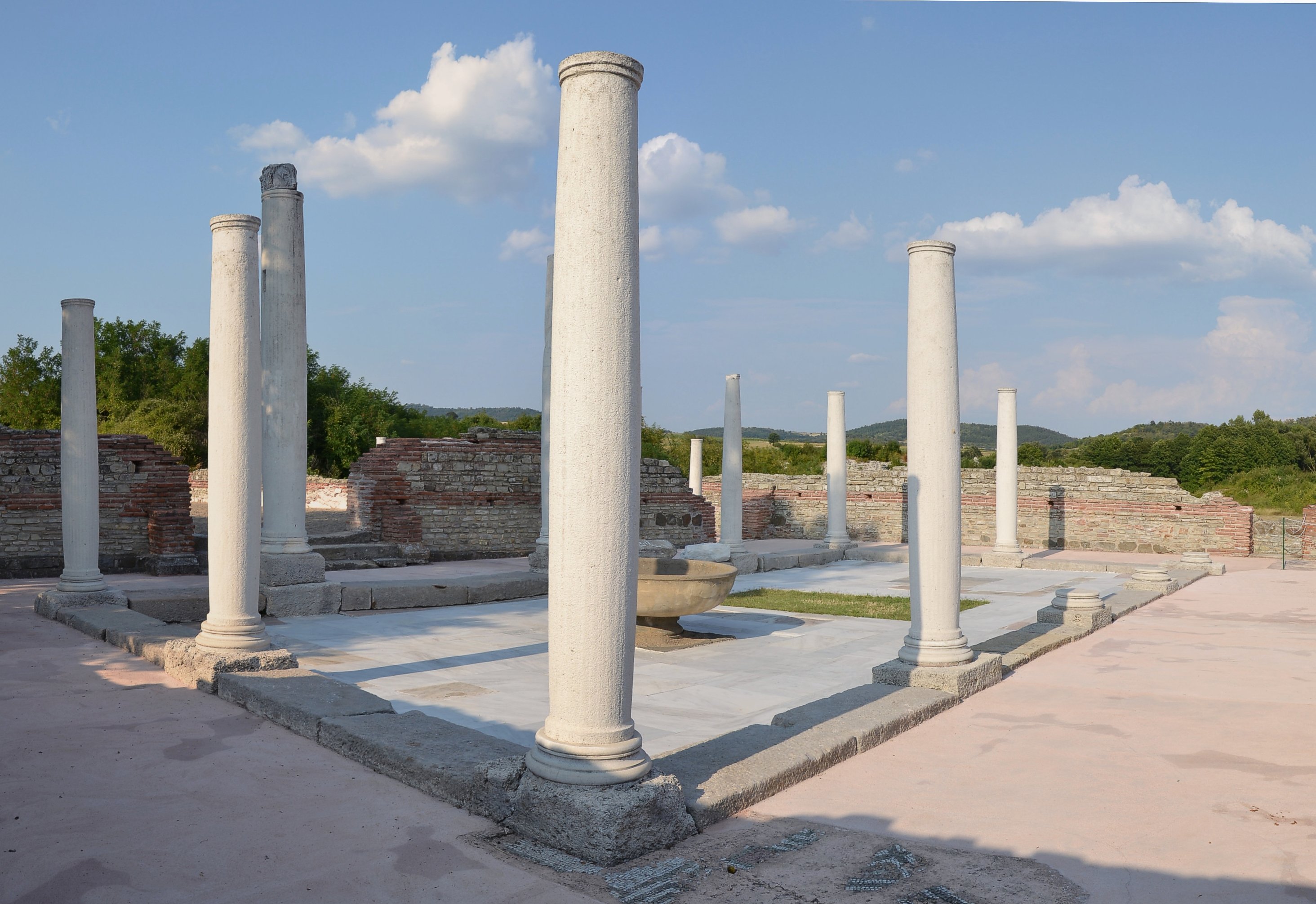🇷🇸map Serbia [Overview]

Serbia, written as Srbija in Serbian, sits at the crossroads of Central and Southeastern Europe, bridging the Balkans and the Pannonian Plain. The capital is Belgrade, a lively city where elegant Austro-Hungarian facades meet Ottoman-era streets and modern riverfront life. The country’s population is a little under seven million people, and you’ll feel that scale in the easy rhythms of its regional cities like Novi Sad and Niš. A curious detail that often surprises newcomers is that Serbia has two major international rivers, the Danube and the Sava, meeting in the heart of Belgrade—one reason the city has been a strategic prize for empires over centuries.
Economy
Serbia’s economy blends industry, services, and a growing tech sector. Many people work in manufacturing—automotive parts, machinery, and electronics—alongside food processing and agriculture, especially fruits, grains, and raspberries that end up on tables across Europe. In the cities, software development and shared service centers have taken off, drawing multilingual graduates and expats to Belgrade and Novi Sad. Outside the big hubs, you’ll see vineyards, orchards, and small family farms that still anchor local life.
Natural resources include fertile farmland, forests, and mineral deposits such as copper and coal, which support energy and metals industries. Serbia is well connected for business: the Danube gives it a water route into Central Europe, highways link it to Hungary, Croatia, and North Macedonia, and Belgrade’s airport serves as the main international gateway. The country trades heavily with the European Union, maintains free trade arrangements with several regional partners, and balances relationships between EU markets and other major players. For mobile professionals, practical connectivity—solid mobile data, coworking spaces, and a strong café culture—makes settling in straightforward.
Culture
Serbian is the dominant language, and you’ll encounter both Cyrillic and Latin scripts in daily life; English is widely understood in younger, urban circles. The majority of the population identifies as Serb, alongside recognized minorities including Hungarians, Bosniaks, Roma, and others who add regional flavor to food, festivals, and music. The land’s story runs deep: from Roman frontier towns and medieval Serbian monasteries to Ottoman influences and the Habsburg era in the north, the cultural mix shows up in architecture, cuisine, and the country’s love of slow, social meals.
Most people identify with Eastern Orthodox Christianity, and church holidays shape the calendar and family traditions, especially slava, a uniquely Serbian celebration of a family’s patron saint. Public life revolves around coffeehouse conversations, weekend escapes to the mountains, and a lively arts scene—film, theater, and the famous EXIT music festival in Novi Sad. Major holidays include Statehood Day in February, Orthodox Christmas and Easter, and Victory Day in May. If you enjoy open-air markets, river promenades, and long dinners that turn into even longer discussions, Serbia quickly feels welcoming and familiar.
Franz
Franz is a German technical writer and business consultant from Munich, with over 15 years of experience
in international corporate relocations and German business culture. Having worked for major German
multinational corporations including BMW and Siemens, Franz has extensive experience facilitating the
relocation of international talent to Germany and helping German professionals navigate complex assignments
abroad.
Published: 2025-01-31